By Alex DeMarban, Anchorage Daily News, Alaska
Increased capacity on cruise ships and pent-up demand will help bring a record number of cruise guests to Alaska this summer, signaling a rebound for the industry after the pandemic hampered travel in recent years, an official with a cruise trade association said this week.
The anticipation comes as the summer’s first large ship, the Norwegian Bliss, owned by Norwegian Cruise Line, docked in Juneau in Southeast Alaska early last week. The arrival of the ship, with space for 4,000 guests, marked the start of the tourism season in the state.
Tourism operators in Alaska also say the labour shortage of recent years is easing, so they’ll be more likely to operate at full capacity this summer. And the tourism industry again expects to see large numbers of the valuable independent travellers making their way to the state, unaffiliated with a cruise or guided itinerary.
“Alaska has been hot” on the minds of travellers, said Tanya Carlson, a director of travel trade and international markets with the Alaska Travel Industry Association.
Large numbers of travel agents say they’re getting emails and calls from potential travellers inquiring about or booking an Alaska trip, she said. Marketing by tourism groups and operators in the state has helped Alaska stay “top of mind” as tourists continue to look domestically for a European alternative.
“I’m surprised at how many calls travel agents say they’ve been getting,” she said.
Cruise industry expects a record
The cruise industry expects to bring 1.65 million passengers to Alaska this season, said Lanie Downs, head of community relations in Alaska for Cruise Lines International Association, the world’s largest trade group for the industry.
“It’ll be the best season yet,” she said.
The expected increase is well above the record-setting 1.3 million cruise visitors that arrived in 2019, following years of growth in the industry. The pandemic starting in 2020 sharply curtailed the numbers. Still, 1.2 million guests came last year.
The estimate is based in part on global cruise activity indicating that ships coming to Alaska will be full as the season hits its stride in the coming weeks, she said. Also a combination of factors is contributing to more capacity on ships, including continued growth in the size of ships visiting Alaska.
“There’s pent-up demand, so the desire to travel by cruise is above 2019 levels,” she said. “It’s really back in full force.”
Josh Howes, president of Premier Alaska Tours that shuttles cruise guests on multi-day tours around Alaska, said his bookings indicate it will be a record summer for his company. He said he’ll be operating 160 motor coaches and vans this year, a full fleet.
“Our bookings overall are up from last year by about 5 or 10 per cent, and our numbers last year were astronomical,” he said.
He said the state appears to be benefiting in part from “word of mouth” advertising after the pandemic drove new interest in the outdoors and Alaska. People are having “genuinely authentic experiences” in the state as they explore the wildlife, scenery and culture. They’re letting friends and relatives know, he said.
Pointing in ‘the right direction’ in Anchorage
In Southcentral Alaska, the first cruise ship is set to arrive early in May. The Norwegian Jewel, owned by Norwegian Cruise Line, with space for 2,400 passengers, is set to dock in Seward on May 8.
Jack Bonney, with Visit Anchorage, the city’s convention and visitors bureau, said tourism in Anchorage last year was so strong it will be hard to top, but that could happen.
The municipality hit a record last year in bed tax revenue at $40 million, up sharply from previous years. That was driven in part by unprecedented hotel demand as travelers stayed longer in the state, even though their numbers were lower than in prepandemic years.
Also, municipal tax revenue from rentals of cars, trucks and RVs reached a record $11.2 million.
For this summer, the Ted Stevens Anchorage International Airport reports that airlines will have capacity for nearly 1.9 million passengers from May through September, similar to previous big years. Capacity on cruise ships headed to Southcentral Alaska ports, primarily in Seward and Whittier, is also significantly above last year.
“Things are pointing in the right direction,” Bonney said.
In one promising sign in Anchorage, the Hotel Captain Cook in downtown fully booked for the summer by January, said Bill Popp, head of the Anchorage Economic Development Corp.
“That’s unheard of,” he said, noting other hotels are also filling up fast. “It’s going to be a big year.”
Independent traveller expectations high
Cruise ships bring about half of Alaska’s summer guests. But the independent traveller, often arriving by plane and making up most of the remaining visitors, typically stays longer and spends more money in Alaska, according to a newly released report from the Alaska Travel Industry Association.
Parties of independent travellers spend about $5,500 in the state, about $2,000 more than their cruise counterparts, the report said. They also stay longer, with their trips typically running about 10 days.
Mandy Garcia, co-owner of Salmon Berry Tours that shuttles many independent visitors in 16-passenger Sprinter vans, said her bookings this year so far are higher than last year’s.
After the pandemic made some people cautious of travelling in big groups, Garcia said she’s still seeing lots of interest in small-group travel, like families that want tailored packages. There’s growing demand for activities such as fat-tire biking, hiking and kayaking, she said.
“Multigenerational travel is up, and we’re getting a lot of requests for independent land travel,” she said. “They call and say, ‘It’s me and my husband, can you create a trip for us? So we do that with our partner businesses in the state.”
Travel agents in the past largely saw Alaska as a cruise destination, but as more tour businesses crop up in Alaska offering a variety of excursions, agents are getting more comfortable selling land tours in the state outside a cruise package, Garcia said.
In addition, the labour shortage that was a big problem in the industry last year is easing. Salmon Berry is fully staffed, unlike last year when finding enough guides was a problem. She started looking for employees early this time, in December, and that paid off, she said.
Also, the labour shortage helped lead to higher pay in the industry. It’s up about 20 per cent, said Howes, adding the higher pay has helped his company and others hire more of the staff they need.
“The labour market has been challenging, but the partners we work with are getting caught up.”
Plan your adventures throughout the West Coast at westcoasttraveller.com and follow us on Facebook and Instagram @thewestcoasttraveller. And for the top West Coast Travel stories of the week delivered right to your inbox, sign up for our weekly Armchair Traveller newsletter!

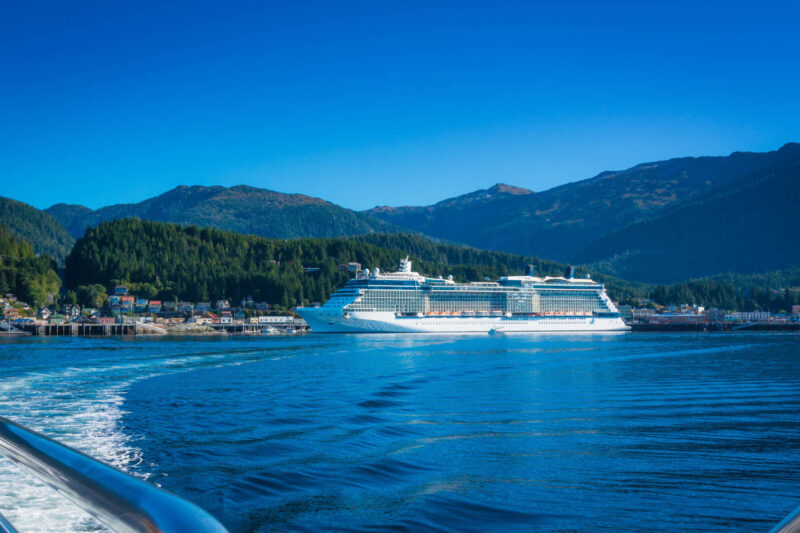
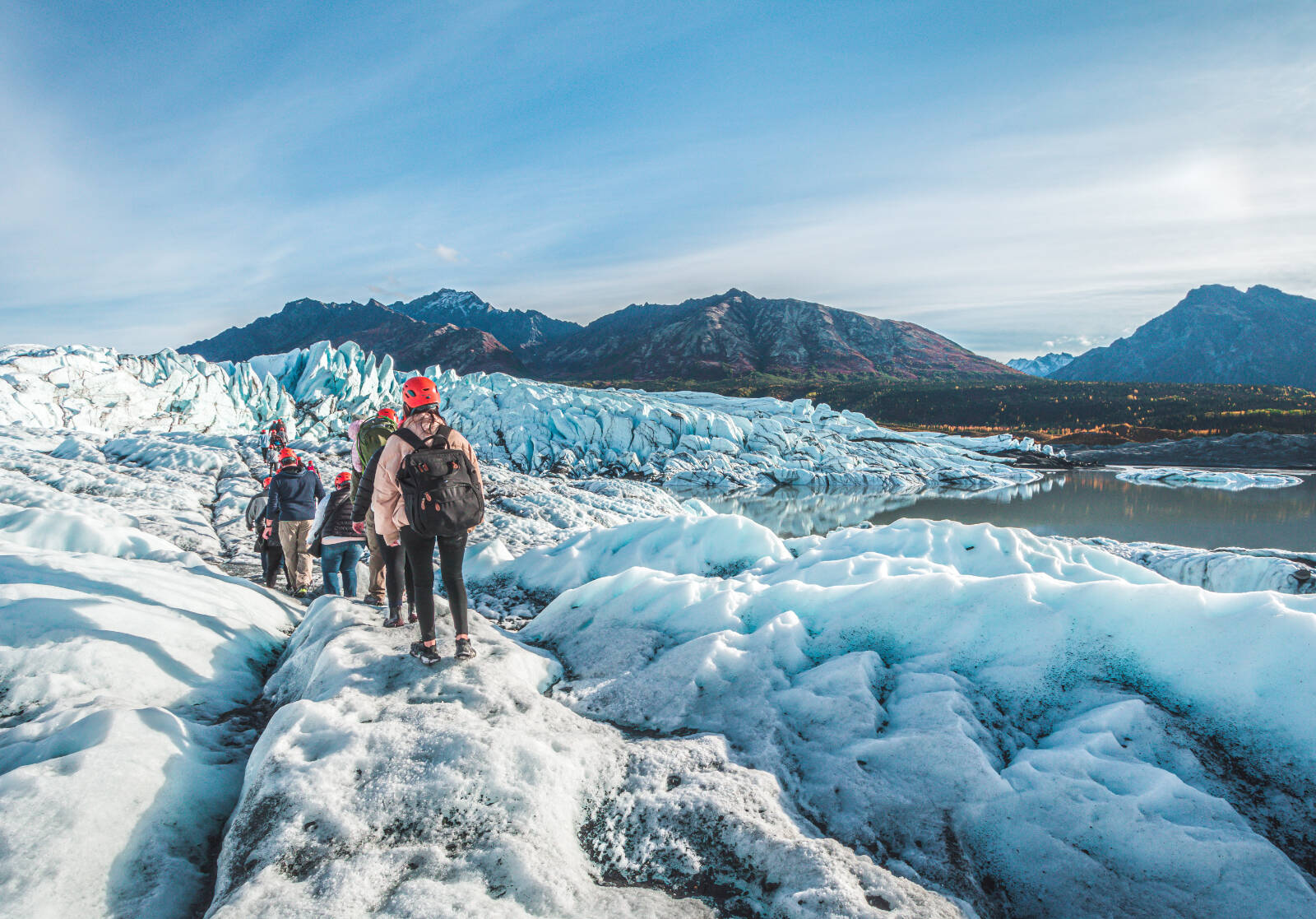
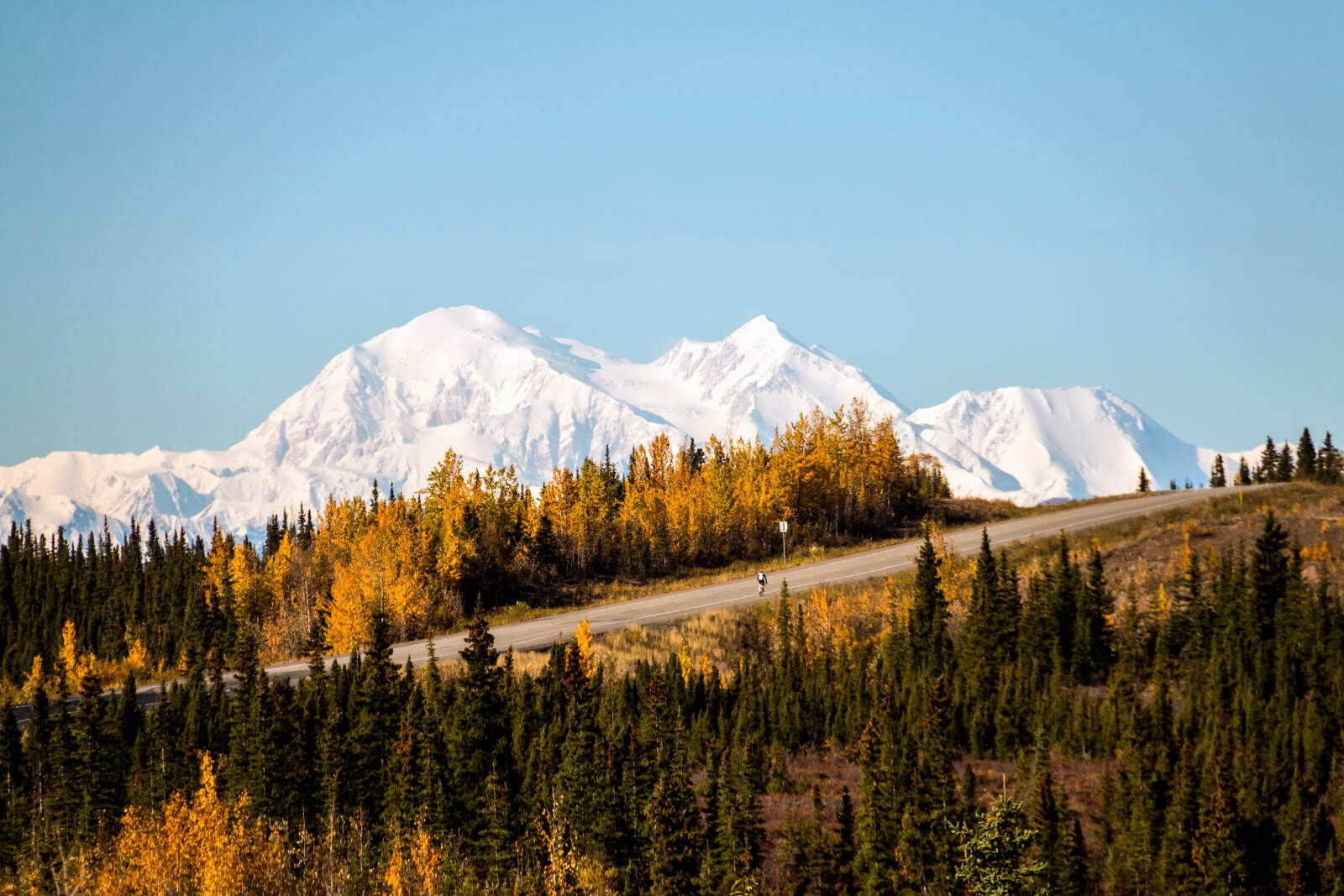

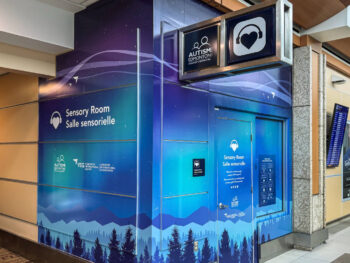
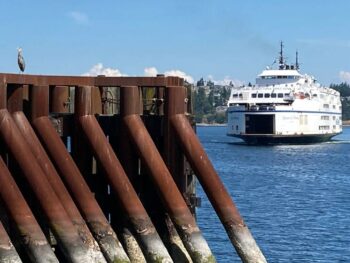
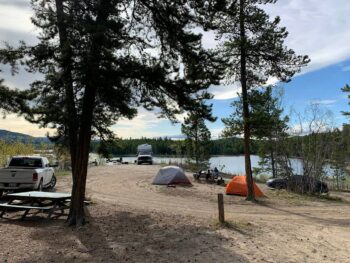
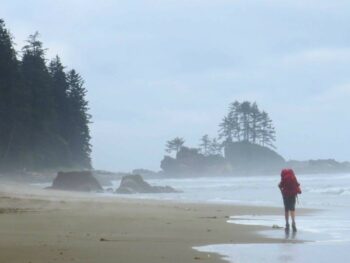
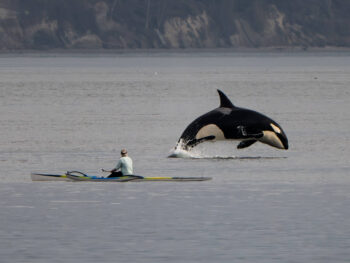
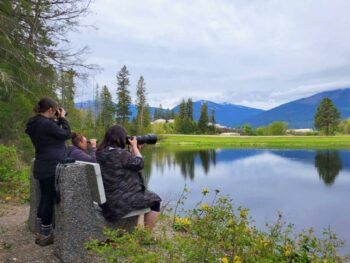

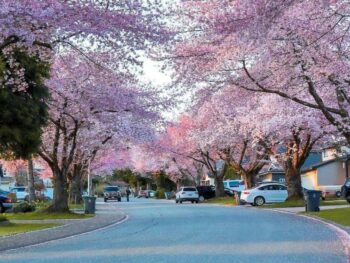
 VIDEO: Swimming eagle lugs massive fish on to B.C. log boom
VIDEO: Swimming eagle lugs massive fish on to B.C. log boom